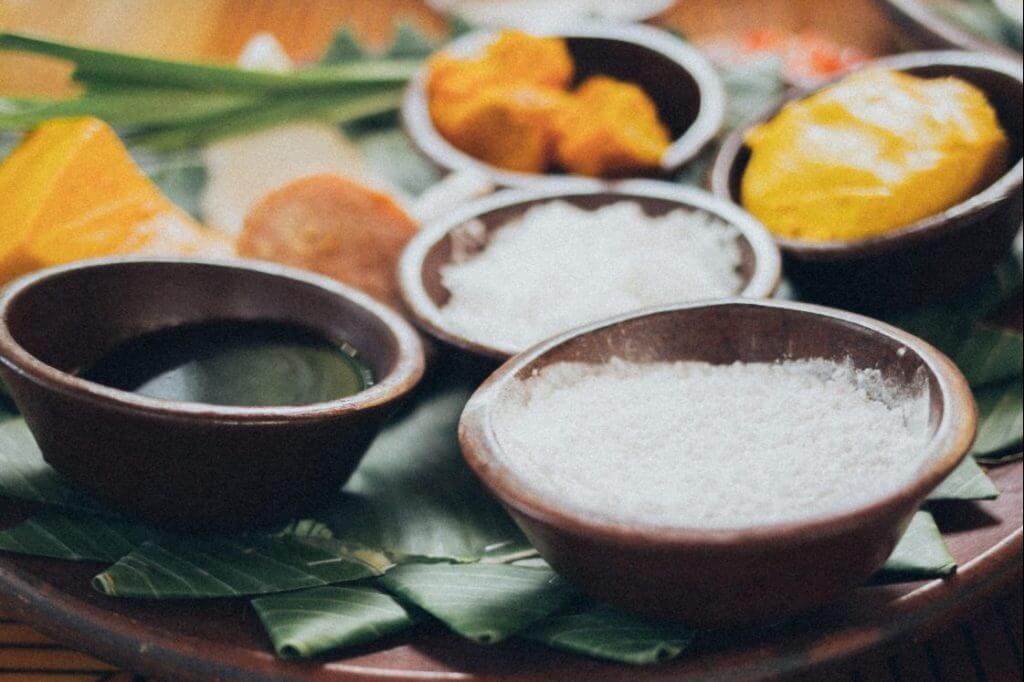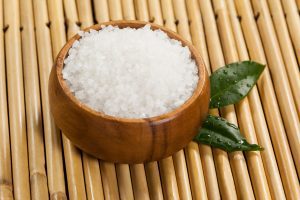A brief history of salt
Let’s have a look at the brief history of salt. Salt, or sodium chloride, has played a vital role in human history for thousands of years. Its importance to humans dates back to ancient times and throughout the centuries they found a variety of ways to use it. These have included use in religious events, as a currency, or more traditionally in cooking.
One of the earliest known uses of salt was in the production of brine. The saltwater brine was used to preserve food and keep it from spoiling. This was particularly important in ancient times, when there were no refrigerators or other modern methods of food preservation. Salt was also used in ancient Egypt as a form of currency, and in ancient Rome, soldiers were sometimes paid with salt. This is where the phrase “worth your salt” comes from.
Salt in Egyptian times
Salt was an important commodity in ancient Egyptian times and was used for a variety of purposes. The ancient Egyptians obtained salt from two main sources: the desert and the sea.
Salt from the desert was extracted from salt mines or salt pans that were located in the eastern desert. The mines were typically located near the Red Sea and were worked by prisoners and slaves. Salt pans, on the other hand, were shallow depressions in the ground where seawater was allowed to evaporate, leaving behind salt.
Sea salt was obtained by evaporating seawater. This was done by either by leaving it in the sun or by boiling it in large pots. This method was used along the Mediterranean coast and the Red Sea.
What did the Egyptians use salt for?
Salt was used by the ancient Egyptians for preserving food, especially fish and meat. It was also used in the mummification process to dry out the body and prevent decay. In addition, salt was used in the preparation of various foods and was used as a form of currency. The currency was in the form of salt bars which were exchanged for goods and services.
The importance of salt in ancient Egypt is evidenced by the fact that it was considered a valuable commodity. It was even used in religious offerings. The god of salt, known as Net, was worshipped by the ancient Egyptians. And salt was regularly included in many of their religious rituals.
Salt has also been used in religious ceremonies and rituals throughout history. In many cultures, it is seen as a symbol of purification and has been used in purification rituals, such as Jewish and Christian baptism ceremonies.
During the Middle Ages, salt became a valuable commodity, and many wars were fought over access to salt mines and trade routes. In fact, the word “salary” comes from the Latin word for salt, “sal,” because it was used to pay Roman soldiers.
Salt in Roman times
Salt was a very important commodity in ancient Rome and played a significant role in the Roman economy, military, and society. The Romans obtained salt from several sources, including salt pans, salt mines, and the sea.
Salt pans are shallow pools of seawater where salt is extracted from by evaporation. The Romans used salt pans in coastal areas, such as in Italy, Spain, and North Africa. Salt mines were also a source of salt and were located in various parts of the Roman Empire, such as in Italy, Spain, and England. The salt was extracted from the mines by using picks, shovels, and other tools.
Sea salt was obtained by evaporating seawater, either by leaving it in the sun or by boiling it in large pots. The Roman army would also obtain salt by boiling seawater in large pots on the march, known as “salarium argentum”, the origin of the English word “salary”.
Salt was an important commodity in the Roman economy, and the government levied a tax on its production and trade, known as the “salt tax” or “salinae”. The tax was an important source of revenue for the Roman state. The revenue was subsequently used to finance public works, such as the development of roads and aqueducts.
What did the Romans use salt for?
Salt was also important in Roman society, as it was used to preserve food, especially meat and fish. It was also used in cooking and was an essential ingredient in many Roman dishes. Salt was also used in religious rituals, as it was believed to have purifying properties.
The importance of salt in Roman times is evidenced by the fact that soldiers were sometimes paid in salt, which is where the word “salary” comes from. This practice was known as “salarium”, and it is where the phrase “worth his salt” comes from, meaning that someone is worthy of their pay.
Today, salt is used not only for food preservation but also for flavoring and seasoning. It is a key ingredient in many recipes and is found in a variety of packaged and processed foods. However, excessive salt consumption has been linked to various health problems, such as high blood pressure, so it is important to consume it in moderation.
Uses of salt today
Salt, which is the chemical compound sodium chloride (NaCl), has many uses. Here are some of the most common ones:
Flavoring: Salt is used as a flavor enhancer in many dishes, helping to bring out the natural flavors of ingredients and improve the overall taste of food.
Food processing: Salt is used in many food processing applications, such as curing meats, making cheese, and baking bread.
Water softening: Salt is used to soften hard water by removing minerals that can cause scaling and other problems in pipes and appliances.
Health and medicine: Salt is an essential nutrient. It is needed in small amounts to help maintain the balance of fluids in the body and support the functioning of muscles and nerves. However, excessive consumption of salt can lead to health problems such as high blood pressure and heart disease.

These are just a few of the many uses of salt. Salt has been an important and valuable substance throughout human history, and it continues to be widely used today.
Salt in cooking
One of the most important ingredients in cooking is salt which is used to enhance the flavor of food. Here are some of the ways that salt is used in cooking:
Seasoning: Used to season dishes salt helps bring out the natural flavors of the ingredients. It is versatile and can be used in everything from soups and stews to pasta dishes and roasted meats.
Preservation: Used to preserve foods salt works by inhibiting the growth of bacteria and other microorganisms. This technique is commonly used for meats, fish, and vegetables.
Texture: Used to alter the texture of food salt works by breaking down proteins and making them more tender. It is often used in marinades and brines to achieve this effect.
Leavening: Salt can be used as a leavening agent in baking. When combined with other ingredients such as yeast or baking powder, it helps to create the air pockets that give baked goods their light, fluffy texture.
Binding: Used regularly salt can help bind ingredients together in dishes such as meatloaf or burgers. It is can also be used to help emulsify ingredients in dressings and sauces.

When using salt in cooking, it is important to remember that a little goes a long way. It is easy to add more salt to a dish, but much harder to remove it if you’ve added too much. It is also important to use high-quality salt that will enhance the flavors of your dishes. Different types of salt, such as Himalayan salt, Sea salt or Kosher salt, can have different flavor profiles and textures. So it’s worth experimenting with different varieties to find the one that works best for you.
Summary of history of salt
As you can see the history of salt is an interesting topic. The use of salt has evolved throughout human history from its use in religious ceremonies, to its use as a currency, or more traditionally nowadays as an addition to cooking.
More ideas
Do you still want to learn more? Then why not head over to our other sections to find out more about salt, its uses, other salt products, and some quick and easy recipes?
